Read Time: 4 mins (Longer if you follow the links to related articles…)
Following some initial research, I identified 6 main areas that can potentially be barriers for commissioners of bespoke illustration, in deciding whether or not to use illustration for their brand’s marketing or communication materials.
See the initial post here - if you’d like a little more background, and to start at the beginning.
I’ve written a separate article looking at each of the first 5 highlighted areas, suggesting ways illustration could be made a more viable option for you. As for the 6th one, you’ll see reference to that below…
The process has been really interesting in helping me to understand some of your challenges and has enabled me to offer some (hopefully) useful insights for you.
The Trouble With Illustration #06:
Whether illustration fully serves the purpose?
Photography or video may be a better option…
Now, I had planned to do a dedicated post for this one too. But, I’ve decided not to…
I’m honestly not in the business of trying to shoe-horn in an illustrative approach if it’s really not the best fit, so I don’t think it’s a point worth pushing.
If there are other ways to do something that would suit your needs better, then that’s absolutely OK - do that instead! Spoiler Alert: Illustration isn’t always the answer!
I do, however, have a few thoughts to mention here, relating to how illustration might compare to photography or video in particular instances, before I crack on with this round-up properly:
This comment was shared with me, which I think makes a very valid point:
…as eCommerce grows even further and we move further away from shops, we require validation through photography and even video to show users what they are buying. Illustrations can boost conversion but I can’t see illustrations being used as the only visualisation of a product in a purchasing journey.
- Russell Perry, ECommerce Manager
That’s not to say illustration can’t be a good alternative to photography in other instances though. The following comment is from a previous client of mine:
“Illustration was a sort of 'alternative' option, as we were initially looking to arrange photographs for our website... I think if we'd gone down the photography route we might have taken a more 'candid' approach, and just seen what we could get... It was good to think through what we actually wanted to communicate in order to brief the illustrations and also meant we could (potentially more easily) show a diverse range of settings and people taking part - to achieve this with photography would have been much more difficult logistically”
- Katherine Rothman, ADMP UK (Association of Dance Movement Psychotherapy UK)
Pictured below: Some of the images created for the ADMP UK project Katherine is referring to
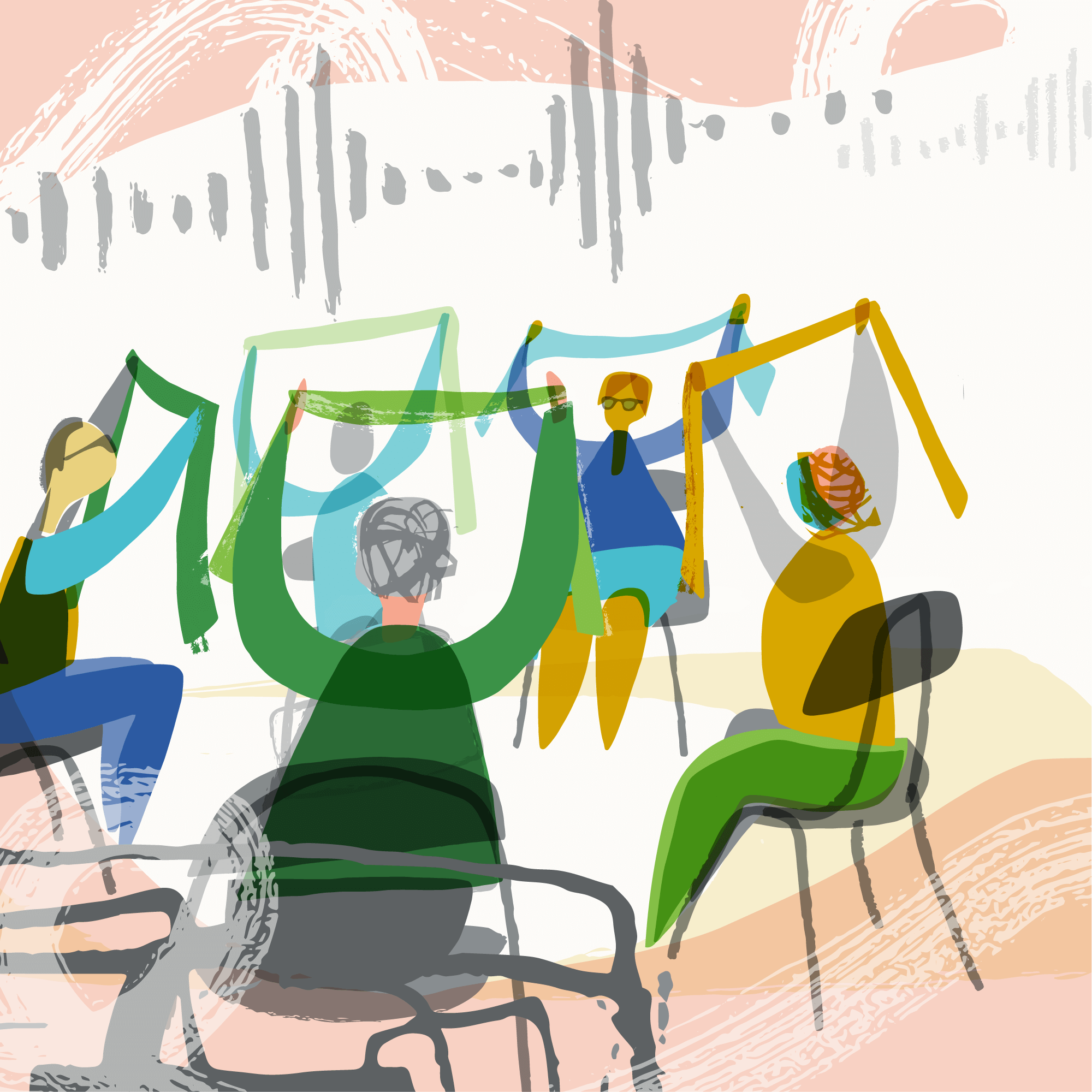


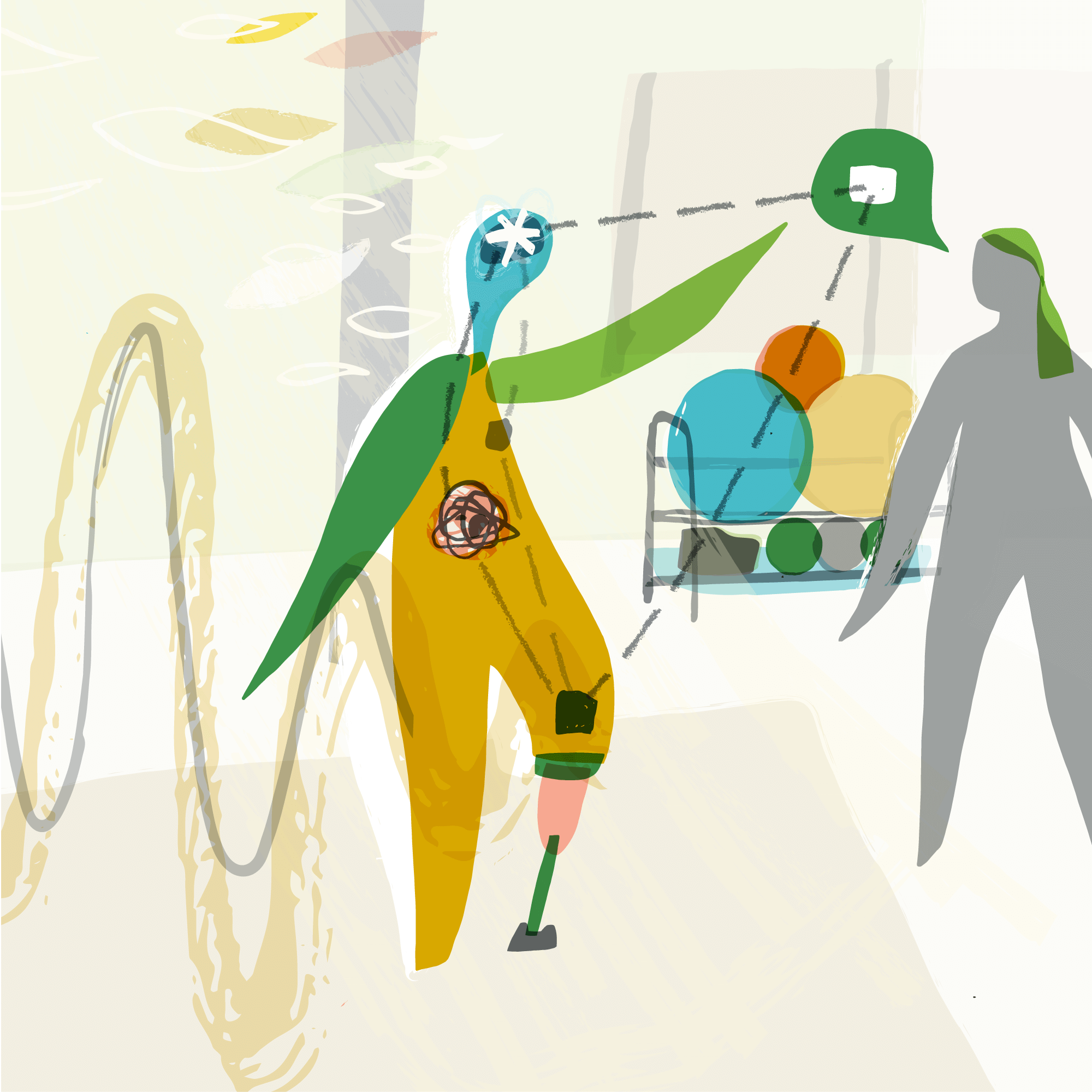
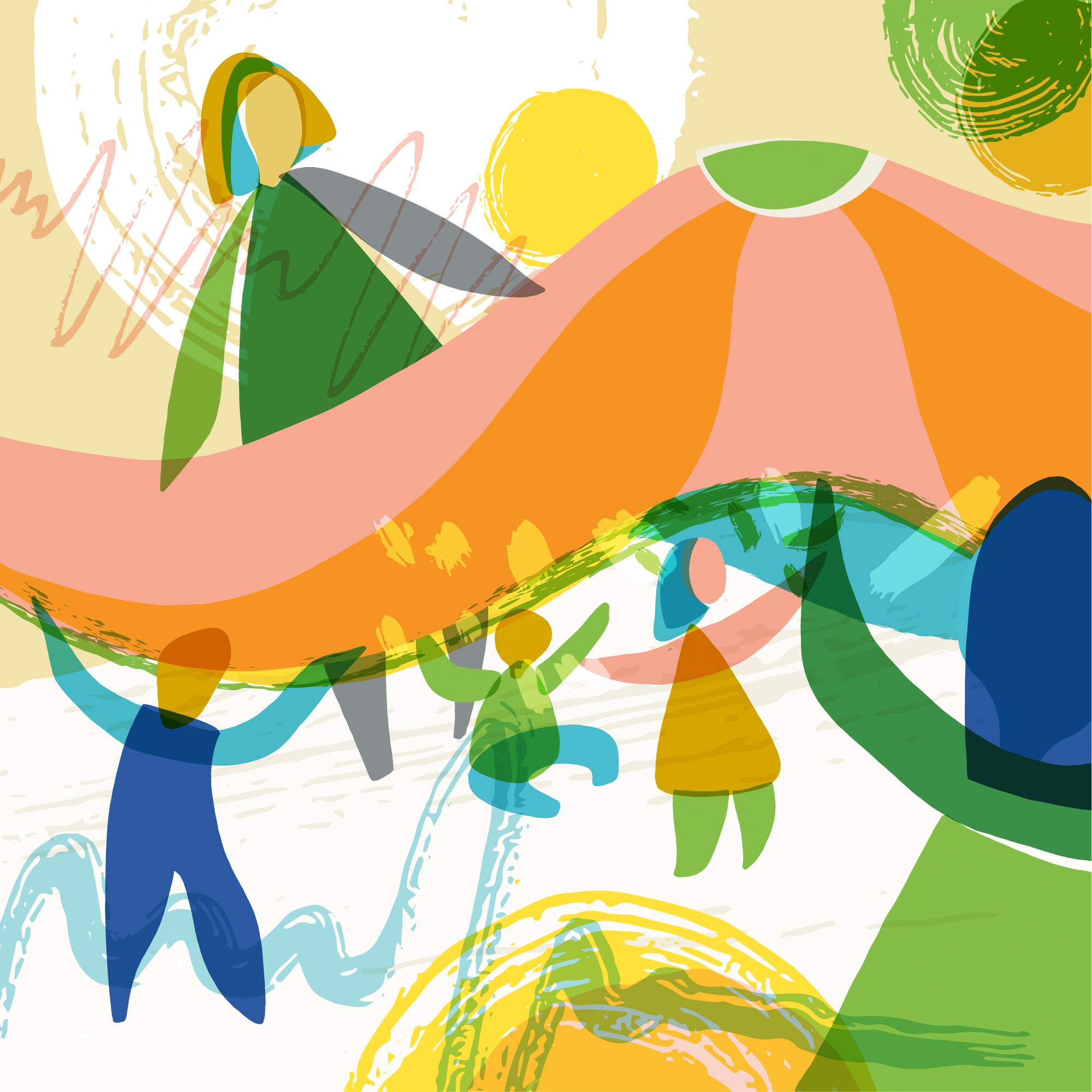

Also, there are instances where illustration can be combined with photography or video to offer further options. The obvious one would be for illustrations to be the basis of an animation, but also illustration can be applied to photos or video to create an enhanced effect - for instance doodles or diagrammatic drawing over the top of photographic imagery to help add character or explain a process or concept more clearly.
On with the Round Up!
A run through some of the key takeaway ideas that came through in the articles, relating to each of the potential barriers.
Please do link through to the relevant post to read in more depth.
The Trouble With Illustration #01:
Cost. And Specifically to Maintain an Illustration Style Over Time
This one is about planning, budgeting, and considering the value a set of illustrations (perhaps a kit of parts) might have for you over time.
It’s important to develop an approach that has an element of flexibility and is sustainable if you think you’ll need more illustrations of the same style in the future.
It could be that building a good, ongoing working relationship with an illustrator is a worthwhile investment!
The Trouble With Illustration #02:
Flexibility. Or the lack of…?
Planning comes into this one too. Specifically a clarity of thought around how you might want to use any newly created illustrations and how flexible they need to be (used in different ways? Component parts? Across different media?).
Considering all possible future applications and discussing this with your illustrator at the briefing stage can make a world of difference to how adaptable the illustrations could be.
Flexibility should be designed in from the outset, rather than as an afterthought.
The Trouble With Illustration #03:
The ‘Illustration Trap' - How to avoid feeling reliant on one illustrator or one illustration
My conclusion for this article included the statement ‘There is no illustration trap’
Just because you chose to work with an illustrator for something relating to your brand, absolutely does not mean you’re tied in with them forever. There are numerous ways to look at this, and many reasons why it shouldn’t be the case.
The Trouble With Illustration #04:
Turnaround Times - The difficulty of being reactive and being able to create materials quickly
Whilst tight turnaround times can add an extra pressure when creating good illustration work, there are things that can be done to help the situation. From a client’s perspective, thinking ahead and being prepped as much as possible can definitely help, and there are specific areas to consider within this.
The Trouble With Illustration #05:
Licensing - The feeling of not being in control, and usage restrictions on your commissioned illustrations!
Licensing is an integral part of the illustration industry.
Compared to other services, commissioning illustration (and the associated fees) can be a little confusing if you’re not used to it, so it’s really useful to have an understanding of how licensing works.
The key is being clear about what you actually need in terms of illustration usage, rather than feeling like you need to own the work. A slight shift in mindset and working with your illustrator can help you to agree terms that work for everyone.
Conclusion
I hope this series of posts has been useful for you, and that I’ve helped to remove some of the perceived obstacles that may have stopped you from commissioning illustration/s for your brand, marketing or communications materials in the past.
I’ve found it interesting that many of the potential issues can be lessened simply by forward thinking and planning.
Being clear about what you’re trying to achieve and discussing this with your illustrator at the outset of a project can make the whole process of commissioning illustration much simpler and more effective.
Should a suitable project crop up for your business or organisation, I hope you will now feel more confident in considering and ultimately choosing to take an illustrative route…
All the best!
PS. I’d love to hear from you if you’ve found these articles useful, or if you have any further questions relating to the ideas I’ve shared. Email me




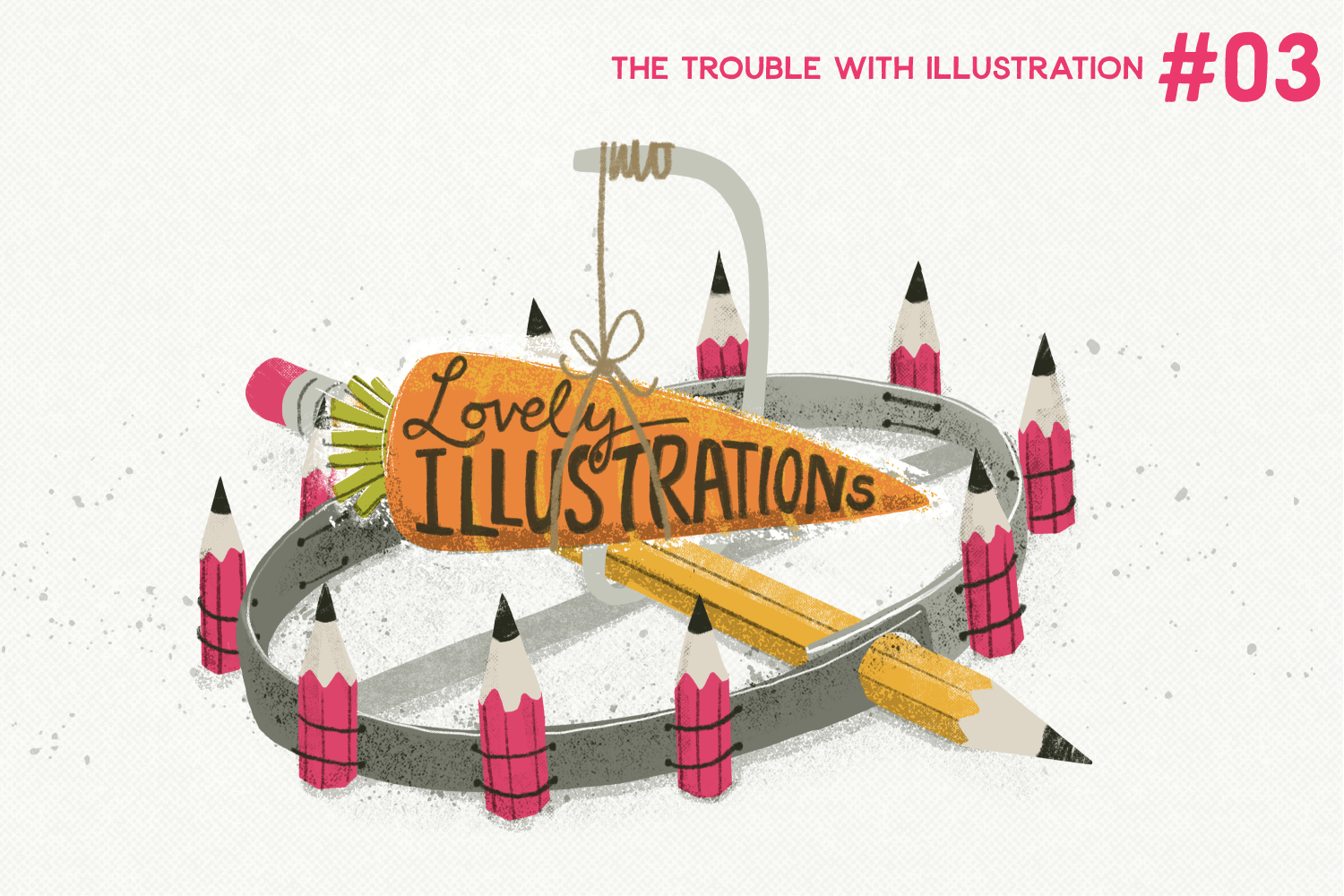
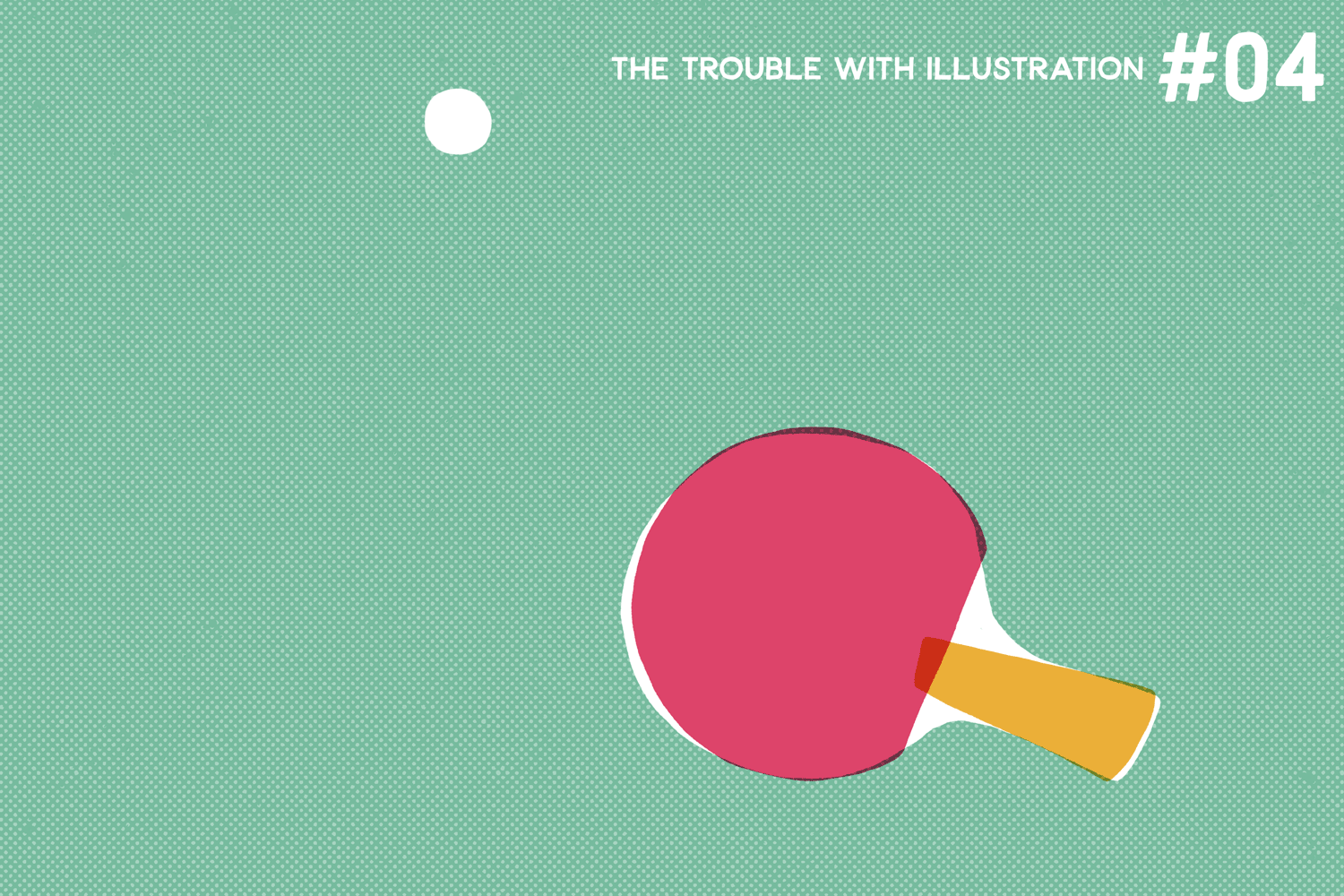

Exploring the reasons why you might decide NOT to commission bespoke illustration and offering solutions to make it a more viable option in the future